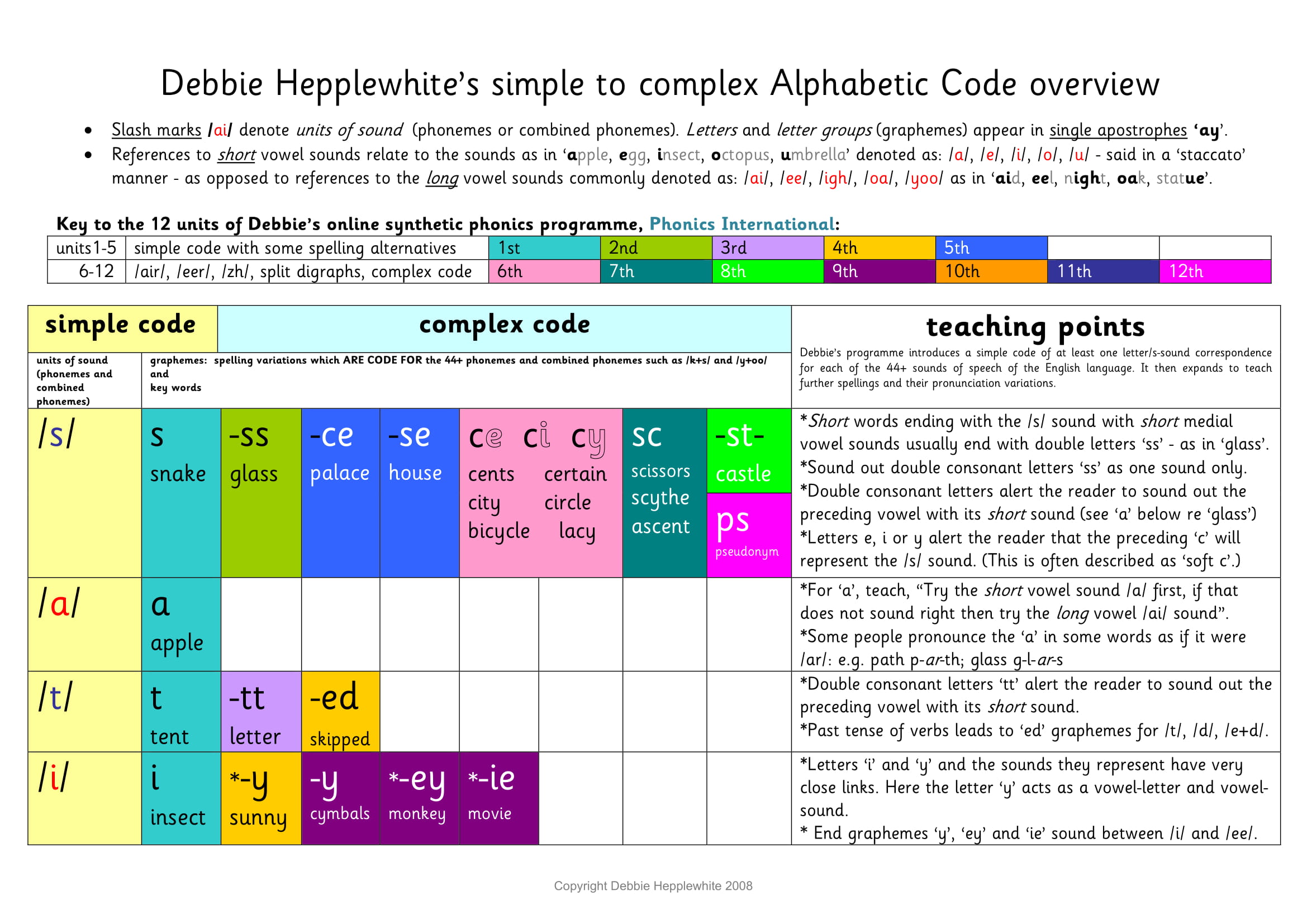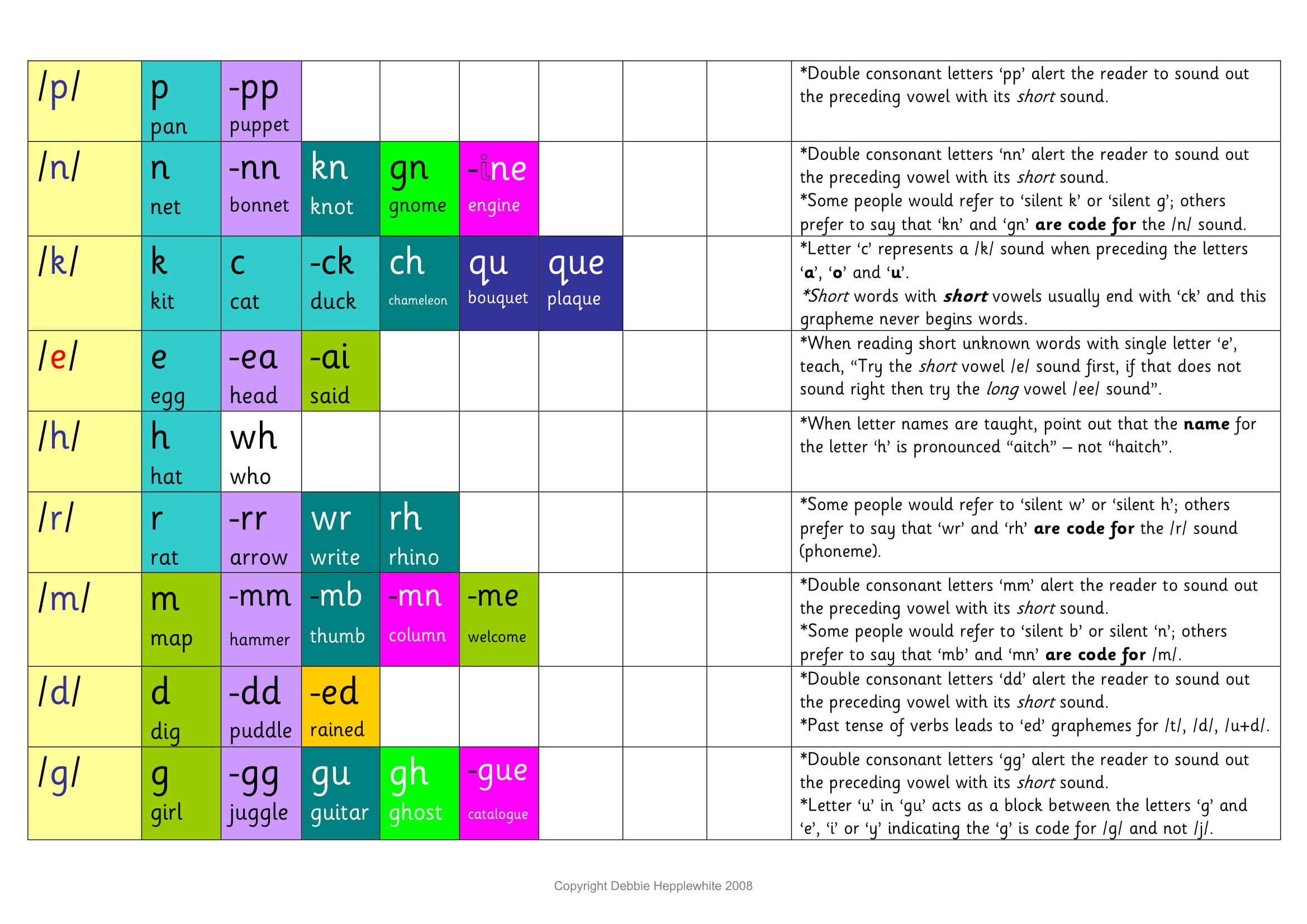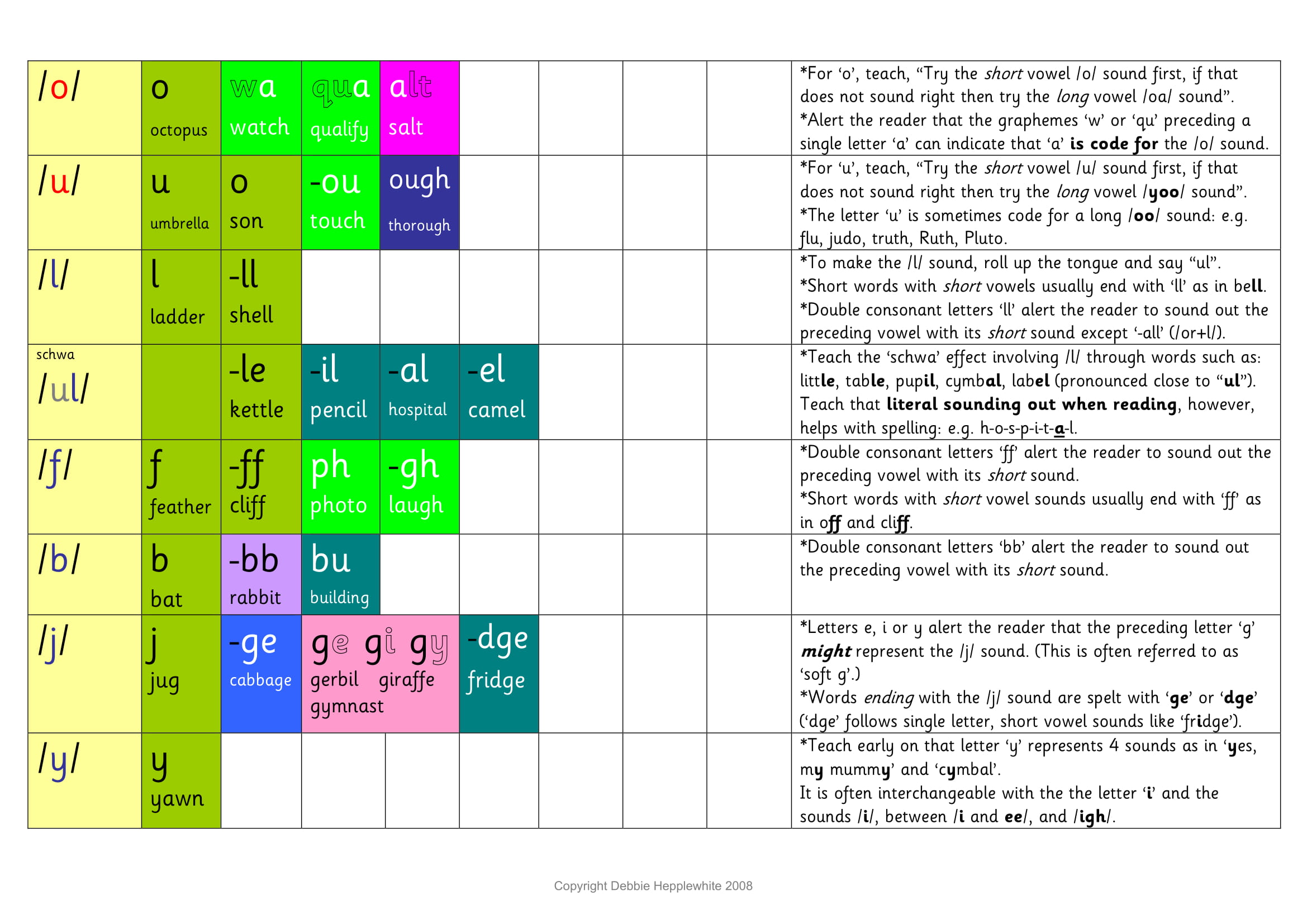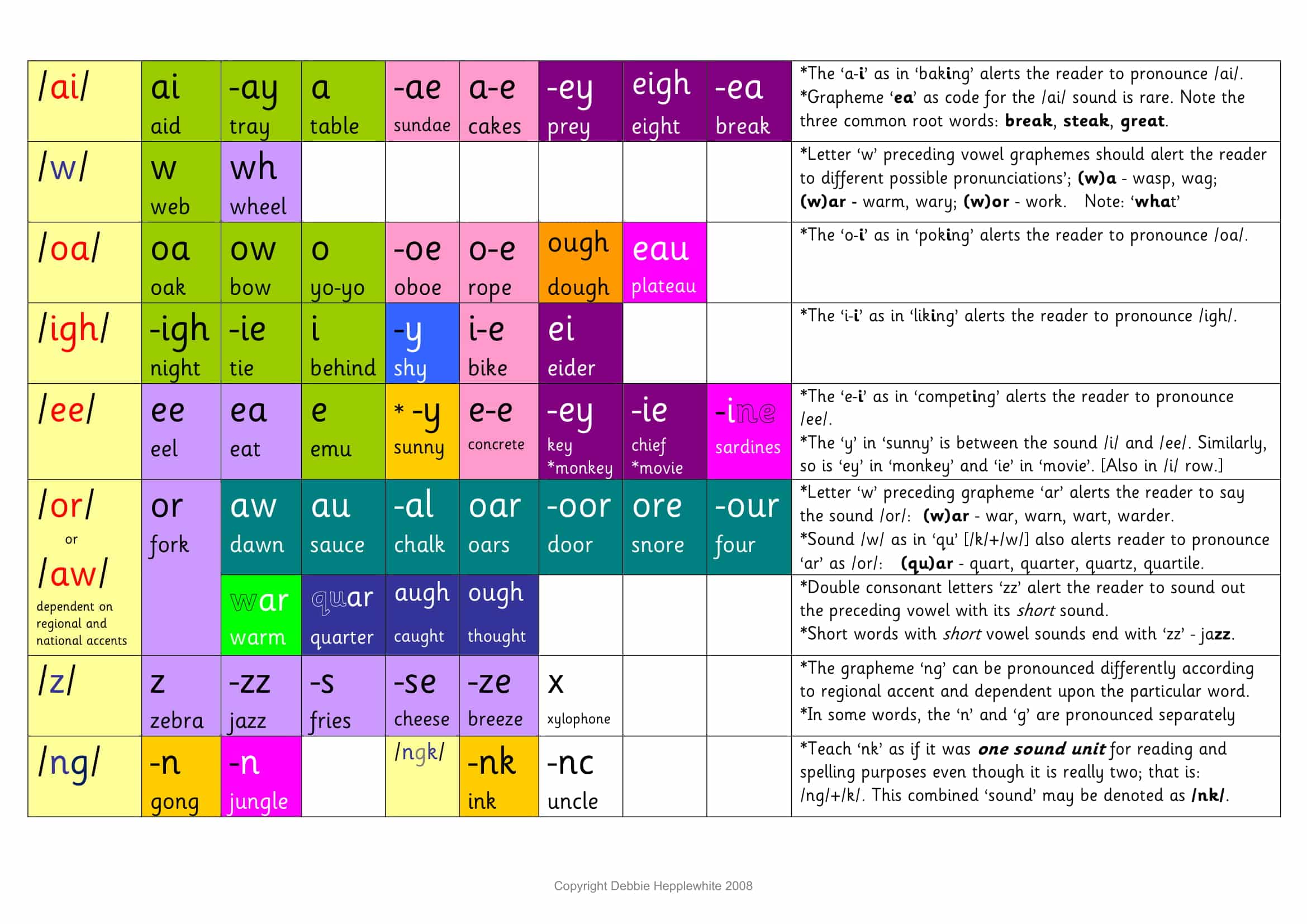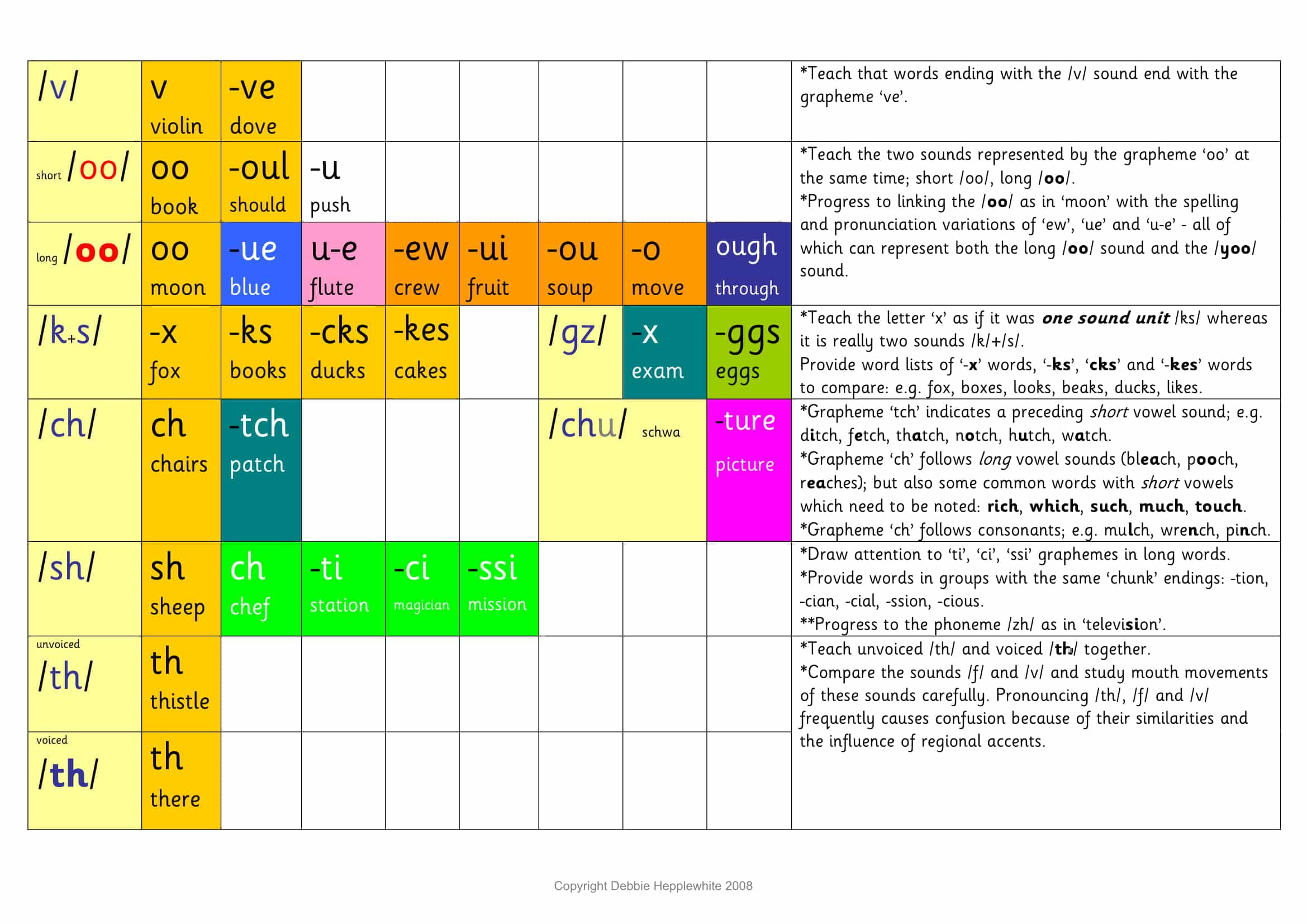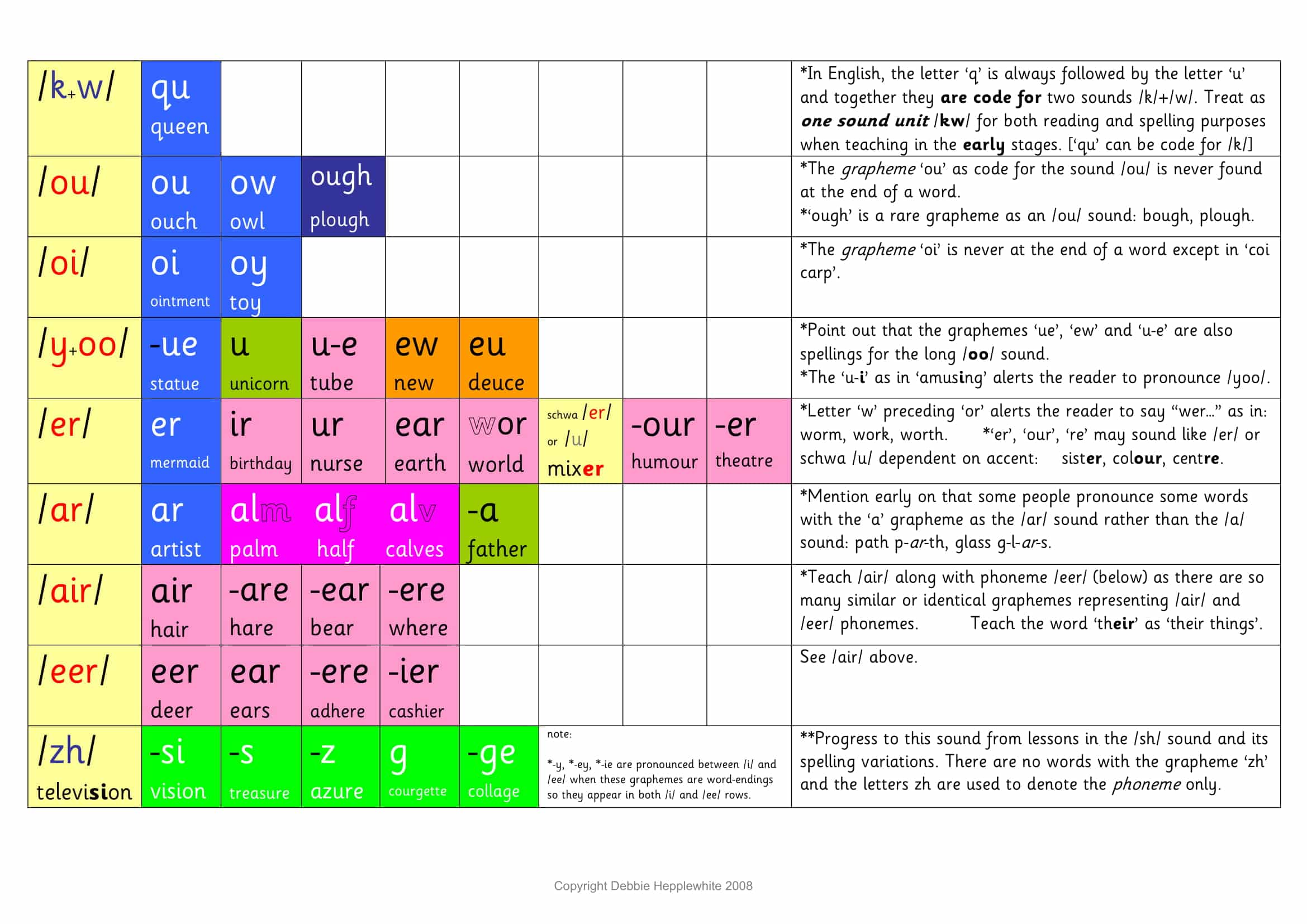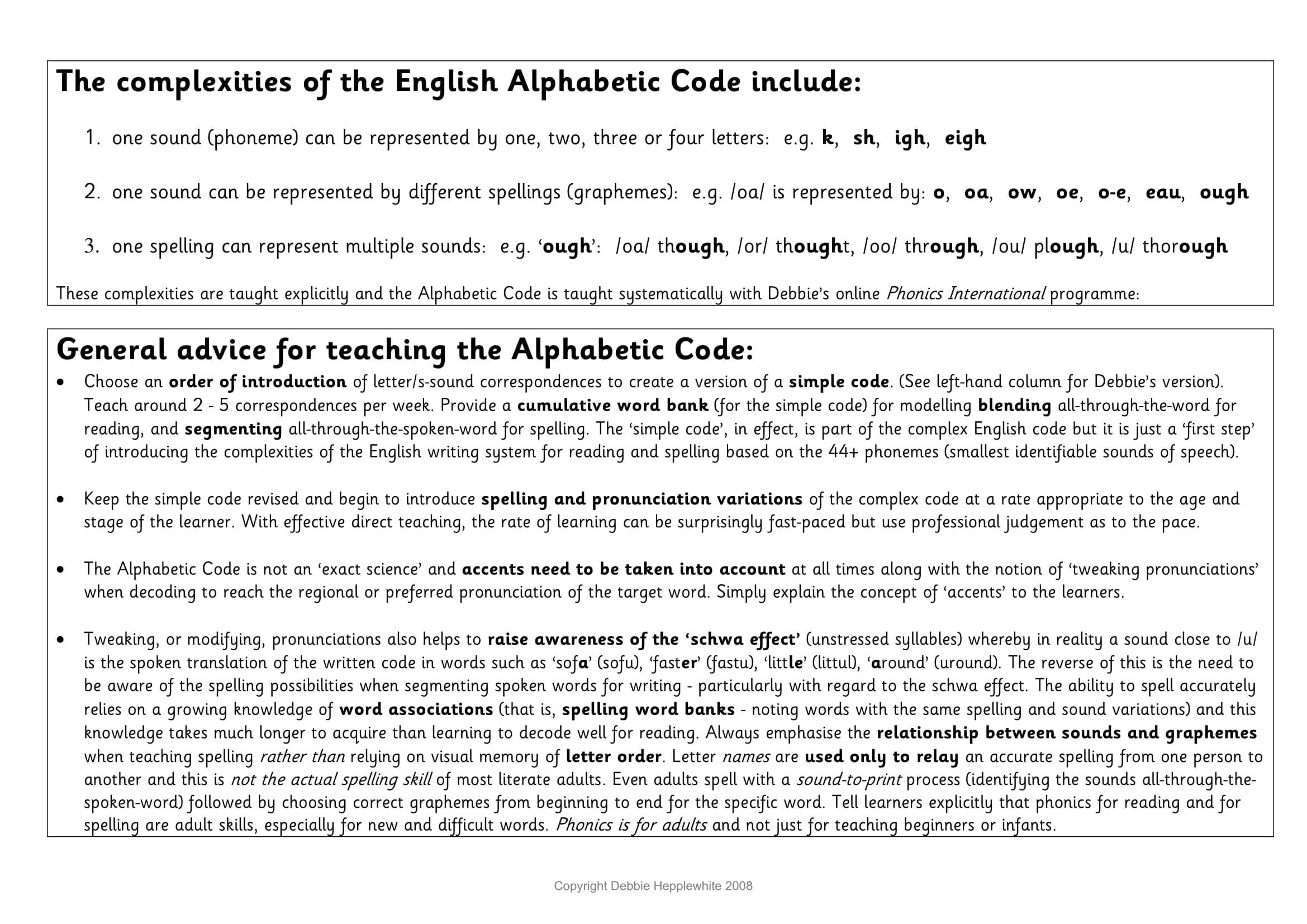Phonics
Home » Phonics
Phonics is the relationship between the 26 letters of the English alphabet, and the approximately 44 speech sounds they represent, depending on dialect. The sounds of the English language are known as phonemes and the letters and letter combinations are known as graphemes. Grapheme-phoneme correspondences (GPCs) are represented by approximately 123 different spellings (Eide, 2012).
Phonics instruction teaches the relationship between speech sounds and the way they are represented in print, especially in early reading instruction.
Beginning readers need to be explicitly taught how our speech sounds map to the different spellings or GPCs in a logical and sequential order, starting with the simple code (see below for an example).
Once a few GPCs have been introduced, young students should be taught to blend them together to form words. Beginning readers should also be taught segmenting and phoneme manipulation.
Segmenting, blending and phoneme manipulation are essential phonemic awareness skills and once children start school these skills are best learned in conjunction with GPCs or phonics.
There is overwhelming research evidence that demonstrates early reading progress is most likely to occur when the early reading instruction includes systematic and explicit teaching of phonics, especially for those children who are at greatest risk of reading difficulties (Castles, Rastle & Nation, 2018; Ehri, 2020). Phonics should not be taught on its own. Phonics should be taught alongside the other four essential elements of reading – phonemic awareness, fluency, vocabulary and comprehension – every day in the beginning stages of learning to read.
References
Castles, A., Rastle, K., & Nation, K. (2018).
Ending the reading wars: Reading acquisition from novice to expert.
Psychological Science in the Public Interest
Ehri, L. (2021).
The science of learning to read words: A case for systematic phonics instruction.
Reading Research Quarterly
Eide, D. (2012).
Uncovering the logic of English: A common-sense approach to reading, spelling, and literacy.
Logic of English
Hempenstall, K. (2016).
Read about it: Scientific evidence for effective teaching of reading.
Five from Five/MultiLit
Nation, K. (2017).
Nurturing a lexical legacy: reading experience
is critical for the development of word reading skill.
npj Science of Learning
Phonics International
Website
Seidenberg, M. (2017).
Language at the speed of sight.
Basic Books

